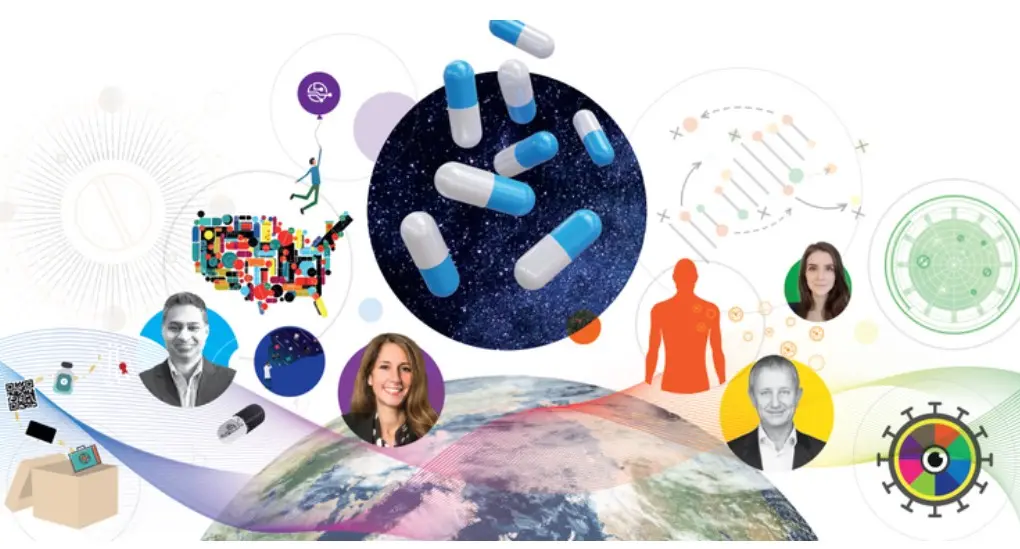Introduction to Integrated Drug Discovery
Integrated drug discovery transforms the pharmaceutical landscape by harmonizing multiple scientific disciplines into a unified workflow. This approach not only speeds up the drug development process but also enhances the precision and effectiveness of the outcomes. Unlike traditional methods that rely heavily on linear and often siloed processes, integrated drug discovery encourages collaboration across chemistry, biology, and pharmacology. This multidisciplinary synergy is pivotal in advancing therapeutic solutions from the laboratory bench to the patient’s bedside more quickly and efficiently. An excellent illustration of this creative strategy can be seen at https://www.bioduro.com/platforms/integrated-drug-discovery.html, which showcases cutting-edge methodologies reshaping the industry.
Researchers can identify promising drug candidates with greater accuracy by leveraging state-of-the-art technology and data-driven insights. This holistic approach minimizes costly late-stage failures, optimizes resources, and accelerates the path to market. As the pharmaceutical industry continues to evolve, integrated drug discovery stands at the forefront of innovation, ensuring more effective and accessible treatments for patients worldwide.
Understanding the Key Phases in Drug Discovery
The drug discovery process entails several critical phases, each designed to ensure that only the safest and most effective drugs are available. It begins with target identification, where scientists pinpoint disease-associated biological markers. This is followed by hit identification through various screening techniques. Once potential drug candidates are identified, lead optimization refines these compounds to enhance their efficacy and safety. The final stages involve preclinical and clinical trials, which are rigorous phases where the drug’s effects are tested in biological contexts. Each stage is a critical component of a thorough vetting process designed to mitigate risk and ensure that new medications meet the highest standards of safety and effectiveness for patient care.
Advancements in Technology and Their Impact
Technological innovations such as CRISPR gene editing, high-throughput screening, and computer-aided drug design have revolutionized the drug discovery landscape. CRISPR, for instance, allows for precise alterations to DNA, significantly enhancing the speed and accuracy of developing therapies tailored to genetic diseases. This transformative technology is a cornerstone of modern precision medicine, allowing researchers to create personalized treatment strategies. Through the quick evaluation of hundreds of compounds, high-throughput screening speeds up finding possible therapeutic candidates. Combined with the computational power of virtual screening, researchers can predict how these compounds will behave in the human body. Please find out more about CRISPR’s broad application in drug discovery and its implications for the future of healthcare.
Opportunities for Small Biotechs and Start-Ups
The drug discovery landscape is becoming increasingly favorable for small biotechs and start-ups. These entities can harness integrated platforms to bring groundbreaking solutions to the market, often with inventive approaches unhindered by the bureaucratic layers found in larger institutions. Strategic partnerships and collaborations provide access to technologies and resources that were once the preserve of big pharmaceutical firms. By leveraging novel tools and methodologies, start-ups are well-positioned to drive innovation and clinical progress. Their agile nature allows them to pivot easily and respond to emerging scientific insights and market demands, offering them a significant advantage in the competitive drug discovery domain.
Challenges and How to Overcome Them
Despite its potential, integrated drug discovery is not without its challenges. The complex nature of biological systems can lead to unpredictable outcomes, making drug development highly risky and resource-intensive. Regulatory challenges add even more complexity because it takes a lot of money and experience to fulfill strict safety and efficacy criteria. However, many of these barriers can be addressed effectively by adopting flexible methodologies and fostering collaborations. Adaptive trial designs and utilizing patient data ethically to tailor treatments can reduce time and cost. Transparency among industry stakeholders is paramount to overcoming these hurdles, enabling a new era of safe and efficient medical treatments.
The Role of Artificial Intelligence
Artificial Intelligence (AI) is a game-changer in drug discovery. Its utility extends from predicting complex drug interactions to analyzing vast datasets for novel therapeutic insights. AI models can process and integrate diverse biological data types, thereby identifying potential drug targets more efficiently than traditional methods. This results in a more focused and data-driven approach to discovery. AI’s capacity for learning and adapting means that as more data becomes available, its predictive accuracy improves, offering even more significant potential for breakthroughs. Explore further the transformative role of AI in the future of medicine.
Case Studies of Successful Drug Discoveries
Several landmark cases underscore the success of integrated drug discovery. Notably, personalized cancer therapies have emerged from a combination of targeted drug formulations and biomarker-driven approaches. Drugs such as Herceptin for HER2-positive breast cancer highlight how integrated strategies have transformed patient outcomes. These case studies show how different technical tools and collaborative techniques can have real-world effects. They also serve as models for navigating the complexities of drug development, focusing on high-impact therapeutic solutions.
Future Trends to Watch
As we look to the future, integrated approaches will increasingly incorporate cutting-edge trends like personalized medicine and advanced data analytics. Personalized medicine focuses on creating tailored treatment regimens based on a patient’s genetic profile, promising to enhance drug efficacy and reduce adverse effects. Meanwhile, advanced data analytics will continue to play a crucial role in interpreting biological data to guide decision-making processes. These trends herald a new drug discovery era characterized by precision, speed, and the potential for breakthrough therapies tailored to individual needs, fundamentally changing how diseases are treated and managed.
Also Read-5G Technology: How to Get the Most Out of it in 2025


